Best-Laid Plans
Plane and Pilot
APRIL 1, 2025
I lined up on Runway 27. The longest runway at Palm Beach County Park Airport (KLNA) is 3,500 feet, plus fields and open spaces would be ahead of me. At 500 feet down the runway, the little airplane leaped into the air despite my plan to build more speed before taking off. I turned crosswind and attempted to shallow the climb.

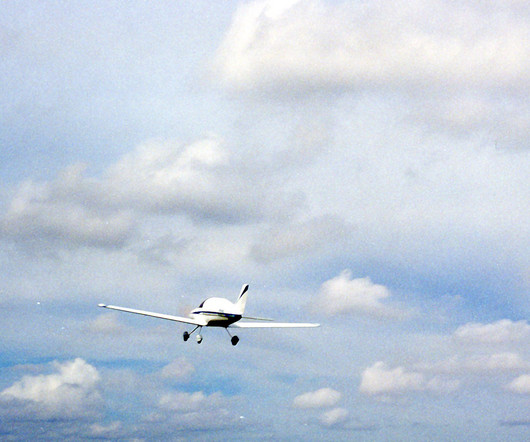
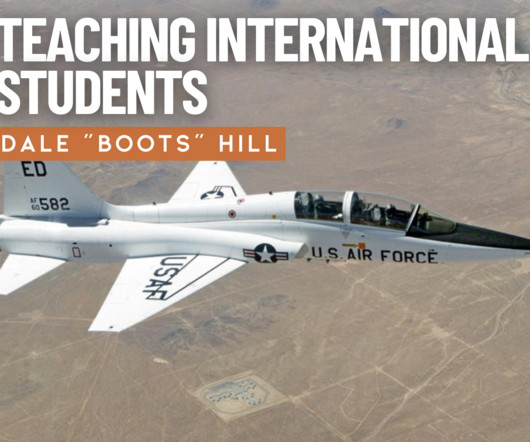





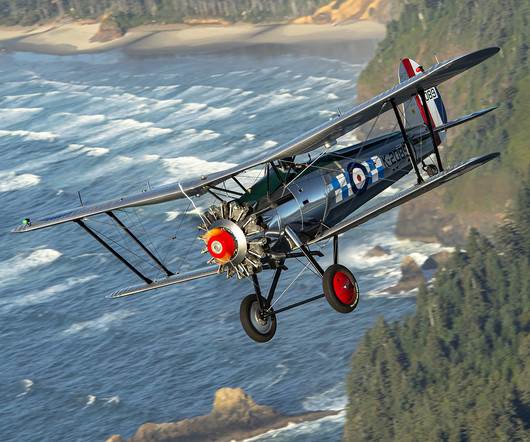
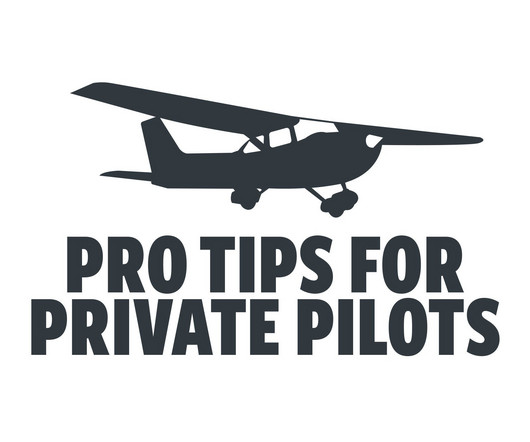
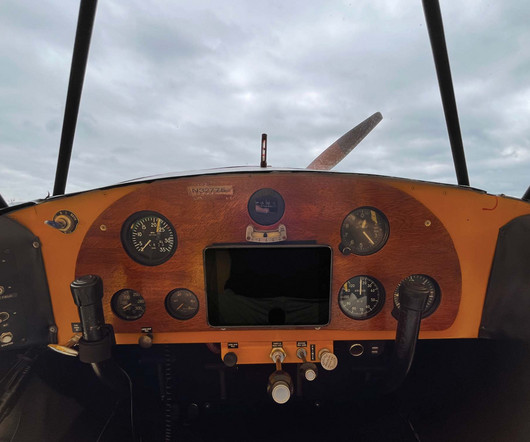

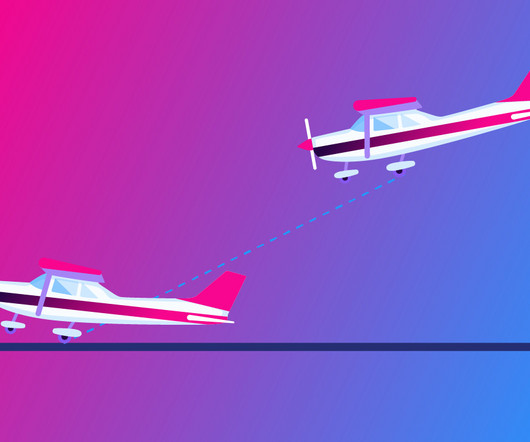




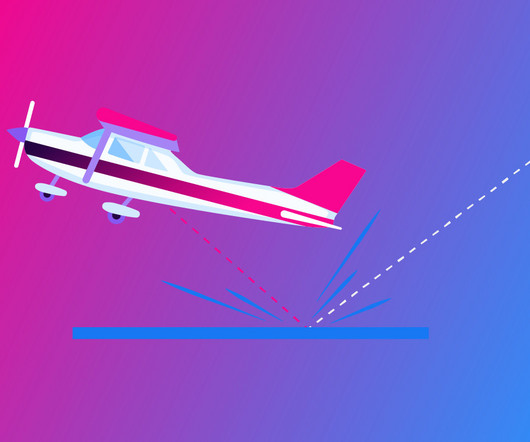

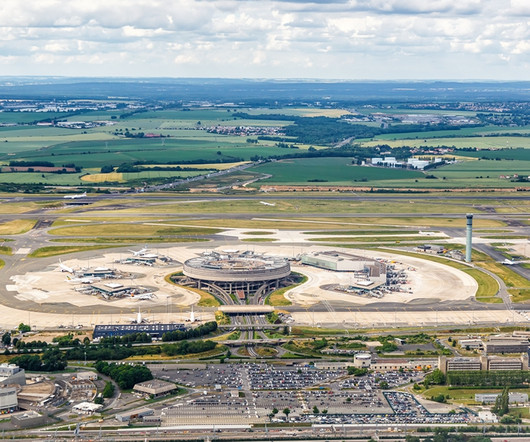

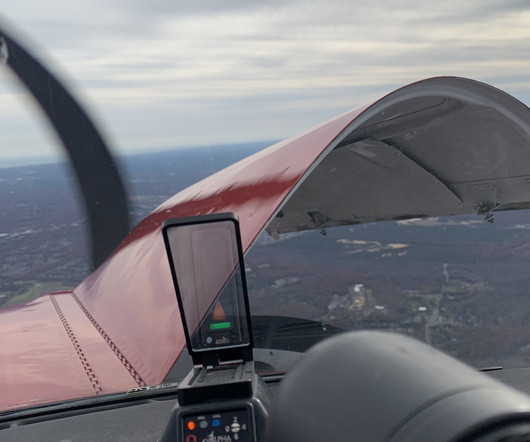
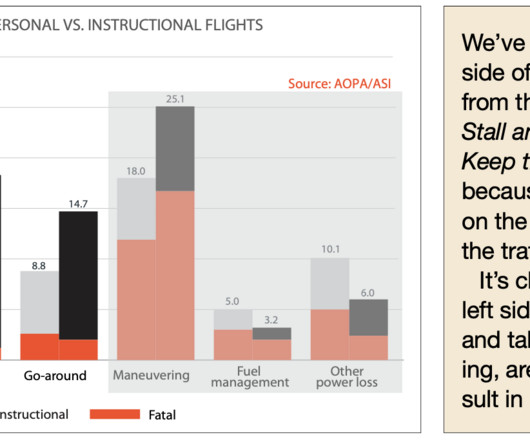
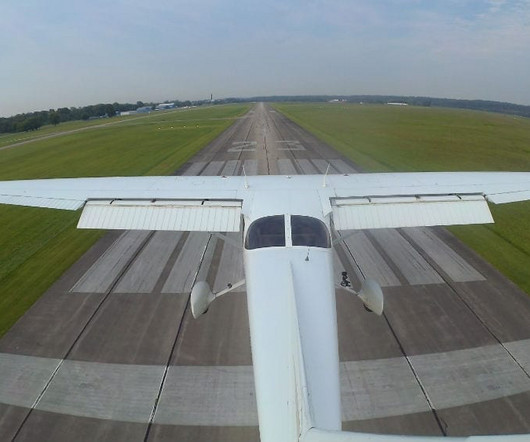
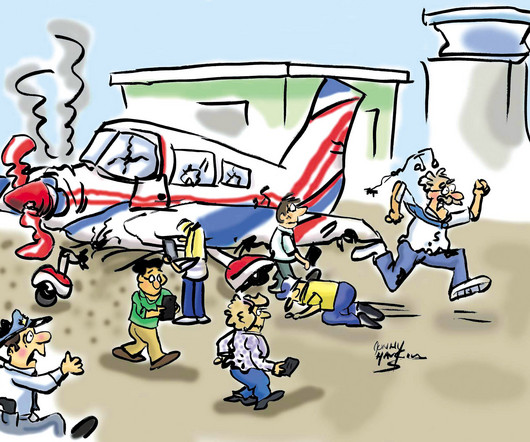






Let's personalize your content